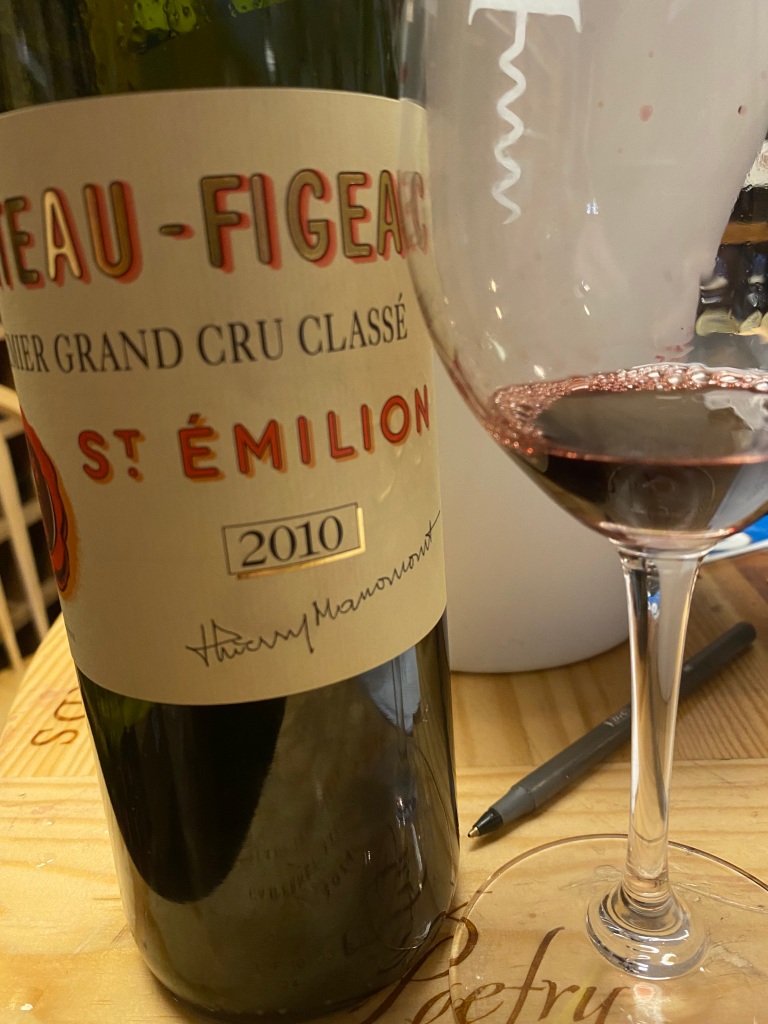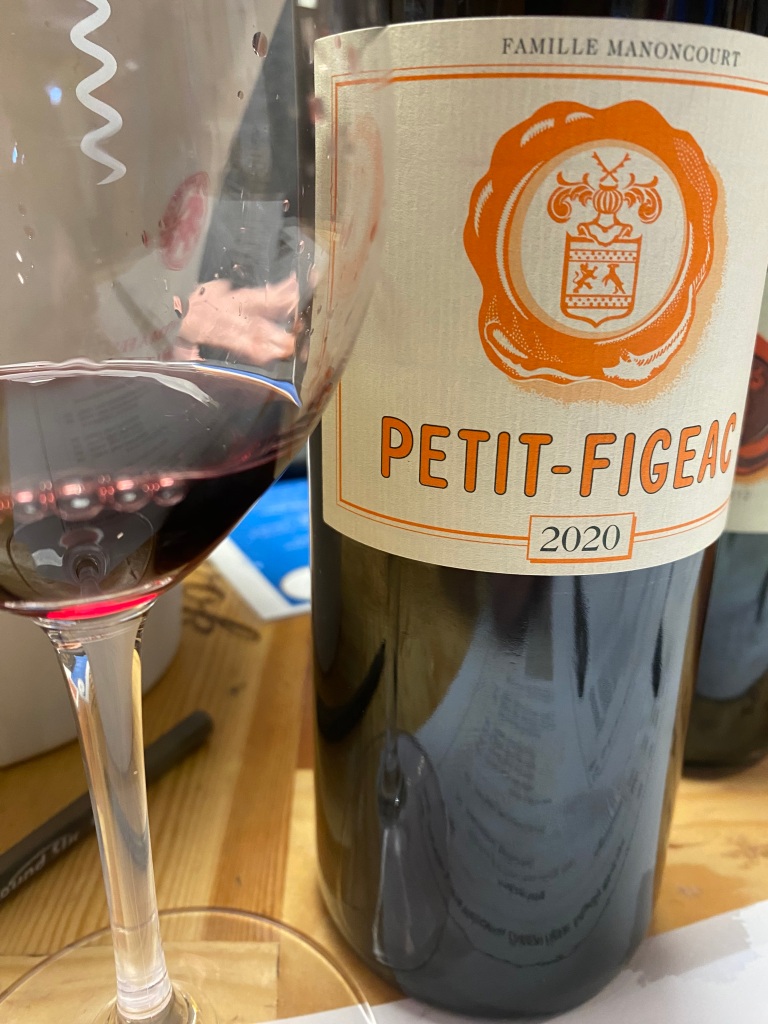When we were at “Sip & Shop” at Vertical Detroit restaurant, that is owned by my local wine shop The Fine Wine Source in Livonia, Michigan; I was watching my Bride select three sparkling wines from a grouping of seven from the Old World. Since, there were so many wines, we sometimes even share the same tasting glass, especially since there were fifty-five wines being poured. It is kind of easy for me to softly suggest some wines, as I have had a chance to try probably half of the wines offered, and I have an idea of what she will like. Sometimes, I get surprised.

The first of the sparkling wines that we shared was Albert Bichot Cremant de Bourgogne Brut Rose NV. Domaine Albert Bichot is a major family-owned and run negociant house and estate owner in Burgundy, that began in 1831 and is now based in Beaune. Their main focus is Pinot Noir and Chardonnay wines and in their more southern holdings they also produce some Gamay in Beaujolais. Alberic Bichot took over the reins in 1996 and is the sixth generation of family to run the holdings. They own more than one-hundred hectares of sustainably farmed vineyards divided among six estates, and the majority are run organically. The wine is eighty percent Pinot Noir from the Cote Chalonnaise, ten percent, and more Chardonnay from Auxerrois and less than ten percent Gamay from the Maconnais. Each grape variety is vinified separately to enhance the qualities of the varietal. The base wine is thermoregulated in Stainless Steel vats, then blended and aged for at least twelve months on laths, with three additional months after disgorgement before it is released. A nice coppery-salmon wine with fine even bubbles and offered notes of currants, raspberry, strawberry, and a touch of lemon citrus. On the palate a bright, fresh wine that showed tones of the red berries, and ended with a nice dry finish.

We then had Champagne Stephane Coquillette Brut Carte d’Or Premier Cru NV. Stephane Coquillette is a fourth-generation winemaker in Champagne. His grandmother, Helene, was the first grower to domaine-bottle in Chouilly. His late father, Christian, ran Saint-Chamant from 1950-2020; and he encouraged his son to start his own estate when he turned 25. He developed his own house with ten different parcels, including a single-vineyard, single-vintage Champagne. He has parcels in Chouilly (Grand Cru), Cuis (First Cru) for Chardonnay; and d’Ay (Grand Cru) and Mareuil/Ay (First Cru for Pinot Noir; and all of his parcels are on limestone-based soils. He employs organic practices, including using bark as ground cover to stop erosion, farming by hand, and all of his wines are small-production. The wine is a blend of sixty-five percent Pinot Noir (d’Ay and Mareuil/Ay) and thirty-five percent Chardonnay (Chouilly and Cuis). His style is considered to be a little fresher and leaner than the more traditional Saint-Charmant that his father had made legendary for the region. The fruit is slow-pressed and undergoes Initial Fermentation and Malolactic Fermentation in Stainless Steel tanks. Reserve wines are not used to adjust the blend of the non-vintage wines, but not marked as such, because they did not sit on lees for the three-year mandatory minimum period. The wine was a pale yellow with plenty of fine bubbles and offered notes of green apples, peach, lemon, florals, and toasted nuts. On the palate the tones of fruit, and citrus blended with toasted brioche, big acidity, and a nice medium finish of fruit and minerals.

We then had the Champagne Laurent-Perrier “Cuvée Rosé” Brut Rosé NV. Laurent-Perrier was founded in 1812 in the village of Tours-sur-Marne, and is famed Champagne house with emphasis on Chardonnay. Laurent-Perrier is likened to Veuve Clicquot, as a widow Mathilde Emilie Perrier was the impetus for success. After the vineyards were established, she gave control to the cellarmaster Eugene Laurent and his wife Perrier. After his death in 1887, Perrier took over the house and named it for herself and her late husband. Laurent-Perrier was sold in 1939 to the de Nonancourt family, and Bernard de Nonancourt, a war hero took control of the house in 1948, until his death in 2010. The house makes two rosé Champagnes, the popular Cuvée Rosé, made from pure Pinot Noir, and the vintage Cuvée Alexandra which has twenty percent Chardonnay. The wines are all vinified according to their vineyard, and they were one of the first Champagne houses to use Stainless Steel tanks for fermentation. They have thousands of bottles stored in eleven kilometers of cellars at Tours-sur-Marne. The property is now part of the Laurent-Perrier Group, which also has Salon and Delamotte among others. In 1968, developed a particular method of maceration for Pinot Noir grapes, for their two rosé Champagnes. This wine is pure Pinot Noir from ten different Crus in the Montagne de Reims district. The grapes are selected by plots and destemmed before vatting. Maceration can last for three days and the wine spends three days in contact with the skins (Saignée) and then matures for a minimum of sixty months before disgorgement. The salmon-pink colored wine offers notes of raspberry, currants, strawberry, and black cherry along with some florals and citrus. On the palate the tones of red fruits are fresh, lively, and crisp, with structured acidity, and blended with a smoky brioche flavor and a nice medium finish of fruit to savor.



























